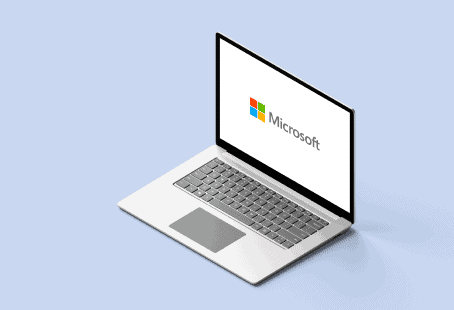What Does End of Support Mean?
The end of support for the Windows 7 platform involves more than a lack of customer support. Microsoft will stop rolling out updates to machines using a Windows 7 software, so compatibility and security fixes for modern software will no longer exist. If businesses don’t update their software and instead choose to work on the outdated Windows 7 platform, their users will slowly lose the ability to work with their existing software and the business will be exposed to major security threats. The longer the licenses are used, the greater the threat becomes. This could open a business up to lawsuits, intellectual property theft, or data leaks. Since Microsoft will no longer offer support, users will no longer be able to address OS compatibility issues through their customer service portal, which creates even more issues. Ultimately, the end of support for the Windows 7 Operating System means a lack of security, issues with program compatibility, and a drastic hit on business productivity.Available Options
Microsoft recommends you upgrade to the Windows 10 Operating System. Businesses using Microsoft 365 Business software have access to a free upgrade from Windows 7 to 10. For businesses using older software, including older Office versions, this is a great option. However, rolling out a new OS to your entire infrastructure will undoubtedly cause problems. While updating your users’ OS won’t be difficult, addressing the software compatibility issues with older hardware will be a challenge. You could choose to continue using Windows 7 since it’s familiar. Microsoft is continuing to offer support for up to three years, with pricing increasing each year at $25 per device in year 1, $50 per device in year 2, and $100 per device in year 3. If you’re unable to transition your workplace to a new Windows 10 installation, this might be a good option, but the mounting costs will quickly outweigh the benefits. Alternatively, you can work with a local IT firm, like Buchanan, to set up a plan of attack. Instead of simply updating Operating Systems and causing headaches, we will work with your entire business to create a transition plan that makes the entire process run smoothly. We can update every part of your infrastructure and systems to avoid any compatibility issues, and you’ll be back up and running in no time.Free Your IT Teams for Revenue Generating Work, Not Maintenance & Technical Support.
Preparing for the Transition
If you choose to invest in ongoing support or completely transition your entire infrastructure, you need to start planning now. January 14, 2020, isn’t that far away, and allocating the necessary budget funding for such a transition can take time. If your organization is still relying on the Windows 7 Operating System, you need to start preparing.
If you choose to utilize the ongoing support option through Microsoft, you need to be prepared to deal with the following:
● License management
● Imaging methods and constraints
● Potential for reimaging in certain user environments
● Compatibility issues
● Hardware compatibility constraints
These are just a few of the issues you will face if you choose to continue using the Windows 7 OS. This doesn’t mean that this might not be the best option for your business, but the compatibility issues and rising costs will quickly outweigh the short-term benefits, so we don’t recommend it.
At Buchanan, we recommend you begin preparing for a complete transition from the Windows 7 Operating System to the Windows 10 Operating System. Since Microsoft offers a free upgrade for users of Microsoft 365 Business, you won’t have to face extreme costs during this upgrade process. This might require you to refresh existing hardware to meet new software needs, but this new hardware will continue to meet your needs for many years, rather than facing issues with compatibility within a short period.
Additionally, you should be planning a transition process with your IT team or an external firm. Overhauling an entire company’s OS isn’t an overnight transition. By starting the process now, you’ll be completely transitioned by January 14, 2020, when support ends. Don’t wait for the end of Windows 7 OS support to catch up with you, start preparing now.
Need More Support with IT Projects?
- Microsoft SQL Server End of Life
- Need Cloud Expertise and Talent for Your Business?
- Outsourcing IT Help Desk Services
At Buchanan, we stand ready to help you with this transition. We want to make the process as smooth and painless as possible, so if your business is facing challenges related to the Windows 7 OS end of life, Contact us today to get started..








